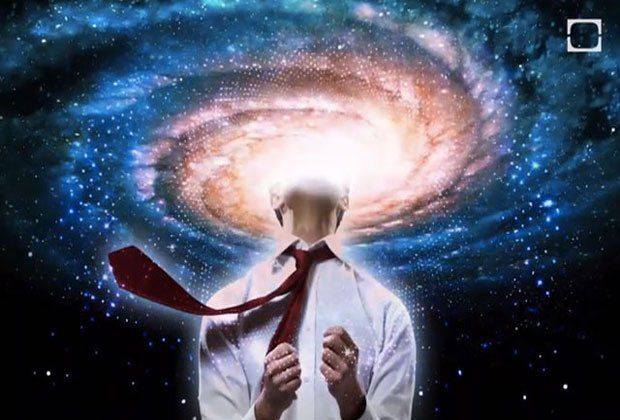The fourth state of consciousness
At present, most people live from the perspective of an endless screen of thoughts, judgments, calculations, fears, hopes, etc. But the way of meditation and freedom is to live from the peaceful open space of consciousness that is both clear and intelligent .
I have been teaching meditation for over a decade, and one method that has given beginners the direct experience of this sublime state is to lead them to the “gap between thoughts.” I ask them to notice their thoughts and then see if there is a gap between when one thought ends and before the next thought arises. People are often surprised to discover that there is a gap – which is a huge realization that thoughts are not the only thing that exists in their minds; there is also such a thing as consciousness. I invite you to pause for a moment and look for that gap now.
Meditation master Sogyal Rinpoche says this about the gap:
“If a past thought has ceased and a future thought has not yet arisen, in that gap, between them, there is no consciousness of the present moment; fresh, virginal, unchanged by even a hair’s breadth of a concept, a radiant, naked consciousness?
Well, that’s something Enlightened consciousness
is!”
This is a simple way for a meditator to experience this sublime state mentioned in ancient scriptures. This is what modern mystic Eckhart Tolle says about how to find this immanent fourth state of consciousness:
“…When you think, feel, perceive and experience, consciousness is born into form. It is reincarnating – into a thought, a feeling, a sense perception, an experience. The cycle of rebirths that Buddhists hope to eventually get out of is happening all the time, and only in this moment – through the power of Now – can you get out.
Throughout the day there is a constantly changing sequence of things you see and hear. In the first moment you see something or hear a sound – and especially if it is unfamiliar – before the mind names or interprets what you see or hear, there is usually a gap of alert attention in which the perception takes place. That is the inner space.
Its duration varies from person to person. It’s easy to miss because for many people these spaces are extremely short, perhaps only a second or less.
This is what happens: a new sight or sound arises, and at the first moment of perception there is a brief cessation in the usual flow of thought. Consciousness is derived from thinking because it is necessary for sensory perception. A very unusual sight or sound can leave you ‘speechless’ – even inside, that is, cause a longer gap.
The frequency and duration of those spaces determine your ability to enjoy life, to feel an inner connection with other people and with nature. It also determines the extent to which you are free from ego, because ego implies that you are completely unaware of the dimension of space.
As you become aware of these short spaces as they occur naturally, they will lengthen, and as they do, you will increasingly experience the joy of perceiving with little or no interference from thought. The world around you then feels fresh, new and alive. The more you perceive life through a mental screen of abstraction and conceptualization, the more lifeless and flat the world around you becomes.”
Excerpt from Eckhart Tolle’s book A new earth

